How to Perform Operations of Decimals and Whole Numbers: Word Problems
Hey math learners! Welcome back to another exciting exploration of the world of numbers. Today, we will unravel how to solve word problems involving the operations of decimals and whole numbers. It’s important to master these concepts as they’re extensively applied in real-world situations. Let’s jump right in!
[include_netrun_products_block from-products="product/6-south-carolina-sc-ready-grade-3-math-practice-tests/" product-list-class="bundle-products float-left" product-item-class="float-left" product-item-image-container-class="p-0 float-left" product-item-image-container-size="col-2" product-item-image-container-custom-style="" product-item-container-size="" product-item-add-to-cart-class="btn-accent btn-purchase-ajax" product-item-button-custom-url="{url}/?ajax-add-to-cart={id}" product-item-button-custom-url-if-not-salable="{productUrl} product-item-container-class="" product-item-element-order="image,title,purchase,price" product-item-title-size="" product-item-title-wrapper-size="col-10" product-item-title-tag="h3" product-item-title-class="mt-0" product-item-title-wrapper-class="float-left pr-0" product-item-price-size="" product-item-purchase-size="" product-item-purchase-wrapper-size="" product-item-price-wrapper-class="pr-0 float-left" product-item-price-wrapper-size="col-10" product-item-read-more-text="" product-item-add-to-cart-text="" product-item-add-to-cart-custom-attribute="title='Purchase this book with single click'" product-item-thumbnail-size="290-380" show-details="false" show-excerpt="false" paginate="false" lazy-load="true"]
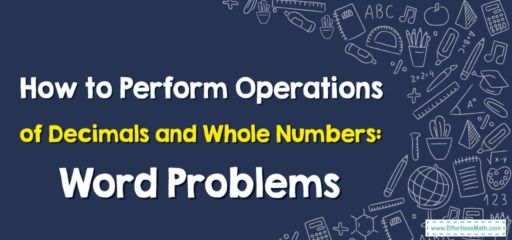
Decimals, Whole Numbers, and Word Problems
A decimal number is a number that contains a decimal point. It represents a whole part and a fraction of a whole. A whole number, on the other hand, is a number without any fractional part, including zero.
Word problems are mathematical problems presented in the form of a story or a real-life scenario. They require you to identify the necessary operations to solve the problem, which could be addition, subtraction, multiplication, or division.
Step-By-Step Guide to Solving Word Problems Involving Operations of Decimals and Whole Numbers
Step 1: Understand the Problem
Read the problem carefully and identify what you’re being asked to find. Recognize the key information provided.
Step 2: Plan the Solution
Decide which mathematical operation(s) you’ll need to use to solve the problem.
Step 3: Carry Out the Plan
Operate (s). Ensure you place the decimal correctly when dealing with decimal numbers.
Step 4: Check the Solution
Finally, check your answer. Does it make sense in the context of the problem? If yes, you’ve likely found the correct solution.
Example:
Let’s try a word problem: Lisa has \($10\). She bought a pen for \($2.85\). How much money does Lisa have left?
Step 1: We’re asked to find out how much money Lisa has left after buying a pen.
Step 2: Since she spent money on the pen, we need to subtract the cost of the pen from the amount of money she had.
Step 3: Perform the subtraction: \($10.00\ – $2.85 = $7.15\). So, Lisa has \($7.15\) left.
Step 4: Check the answer. Lisa had \($10\) and spent less than that amount, so it makes sense that she would have over \($7\) left.
Don’t worry if you don’t get it right away! With practice, solving word problems involving operations of decimals and whole numbers will become second nature. Keep practicing and stay curious!
Related to This Article
More math articles
- 4th Grade Common Core Math Worksheets: FREE & Printable
- Geometry Puzzle – Challenge 65
- Accuplacer Math Worksheets: FREE & Printable
- How to Graph the Tangent Function?
- Top 10 Tips to Create the FTCE General Knowledge Math Study Plan
- Area and Perimeter
- PSAT 10 Math Formulas
- SIFT Math Formulas
- How to Complete a Graph and Table Linear Function
- Top 10 TABE Math Practice Questions

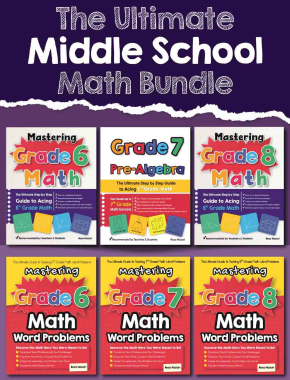
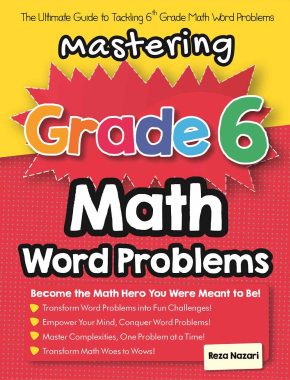
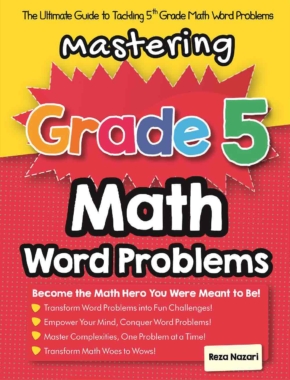
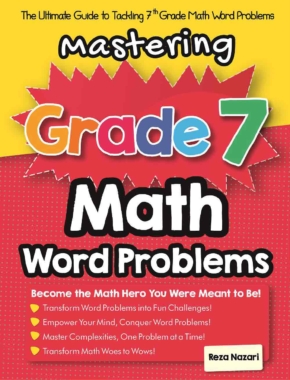
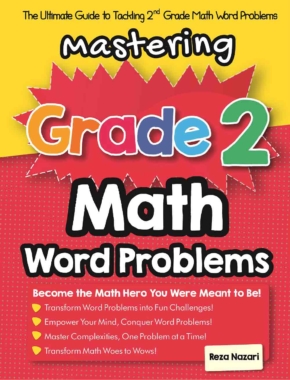
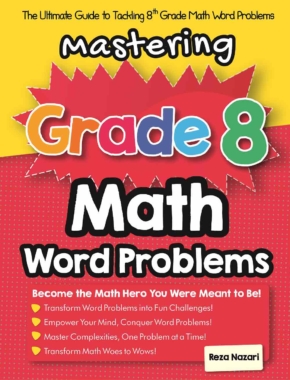
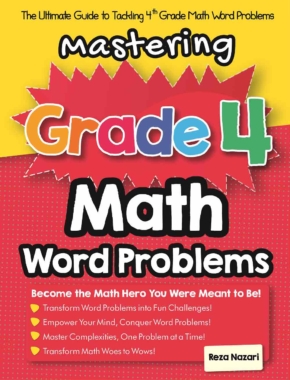
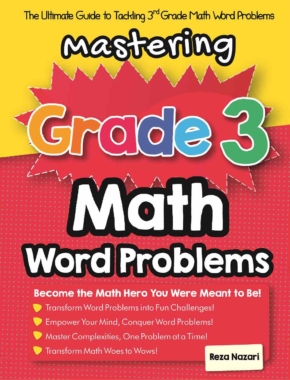
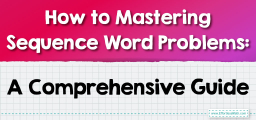
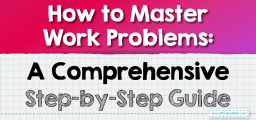
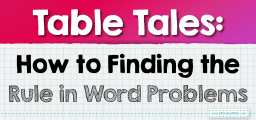
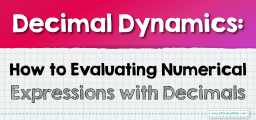




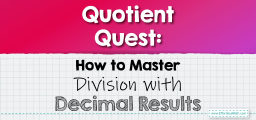
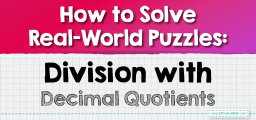
What people say about "How to Perform Operations of Decimals and Whole Numbers: Word Problems - Effortless Math: We Help Students Learn to LOVE Mathematics"?
No one replied yet.